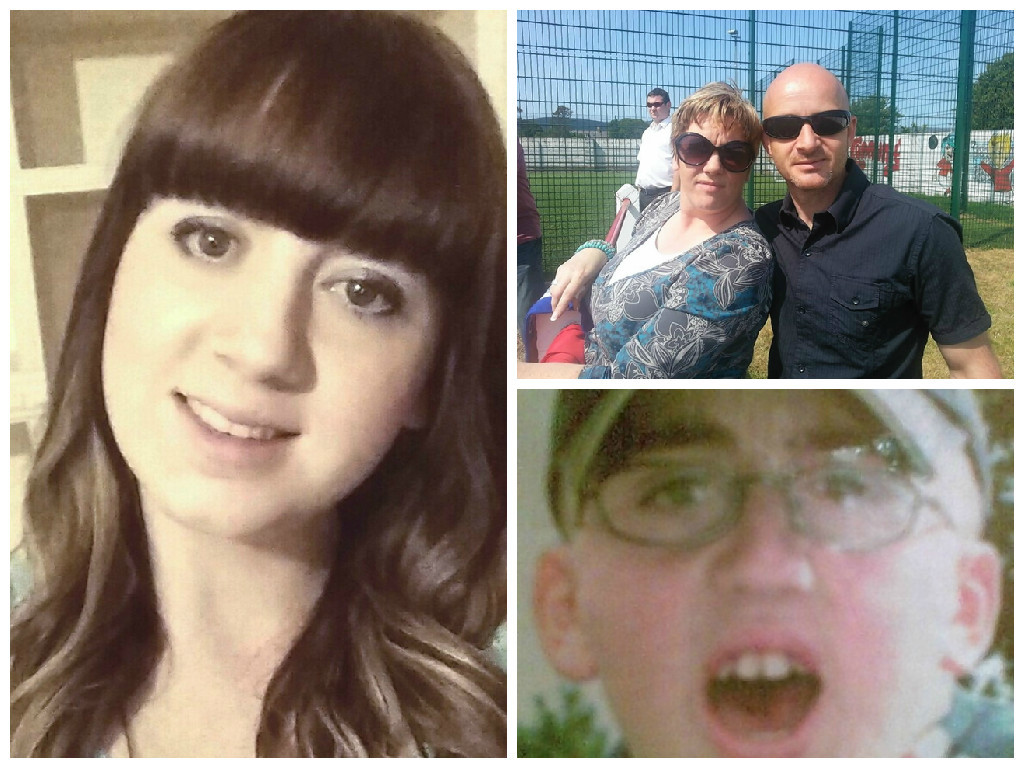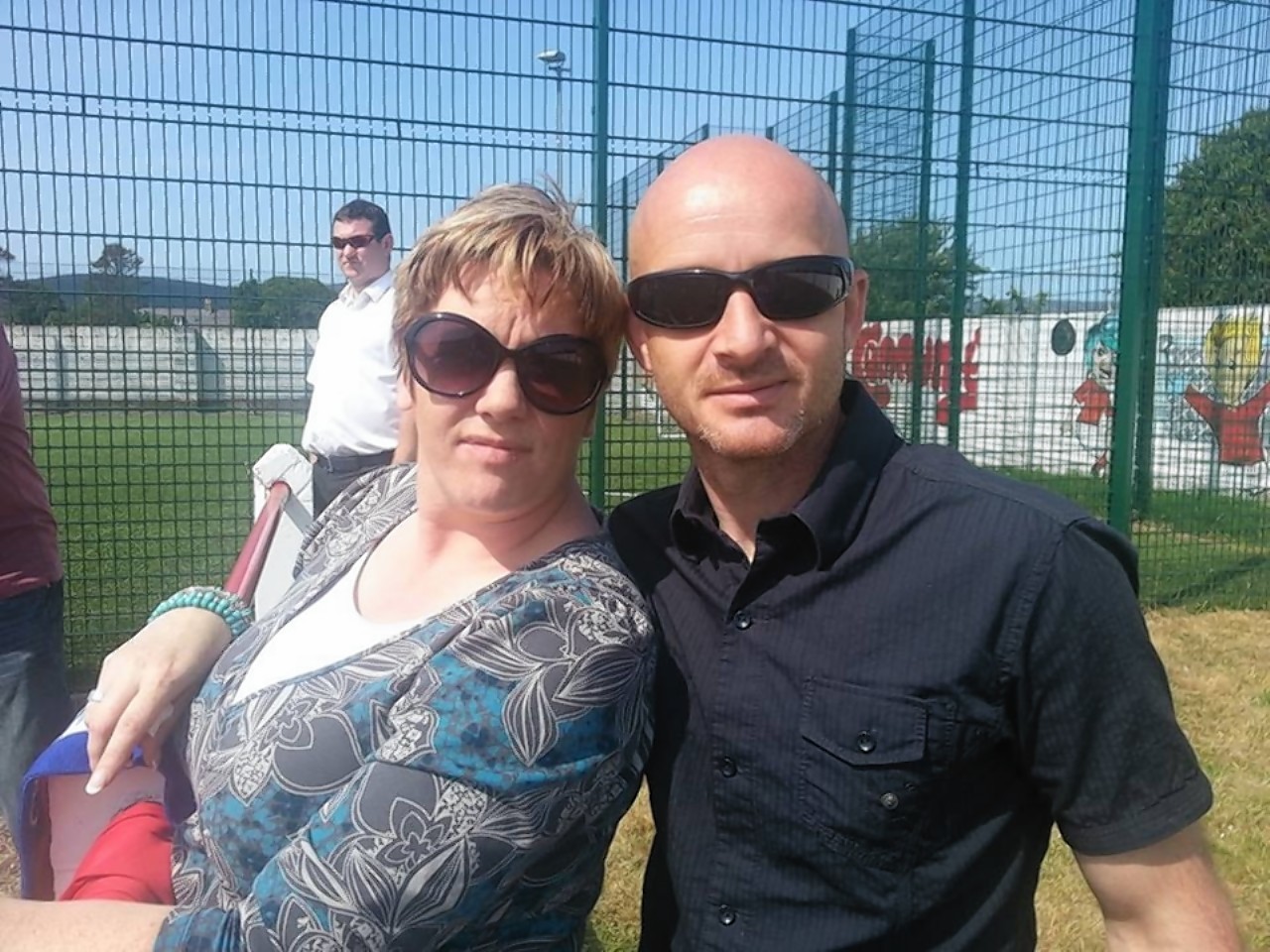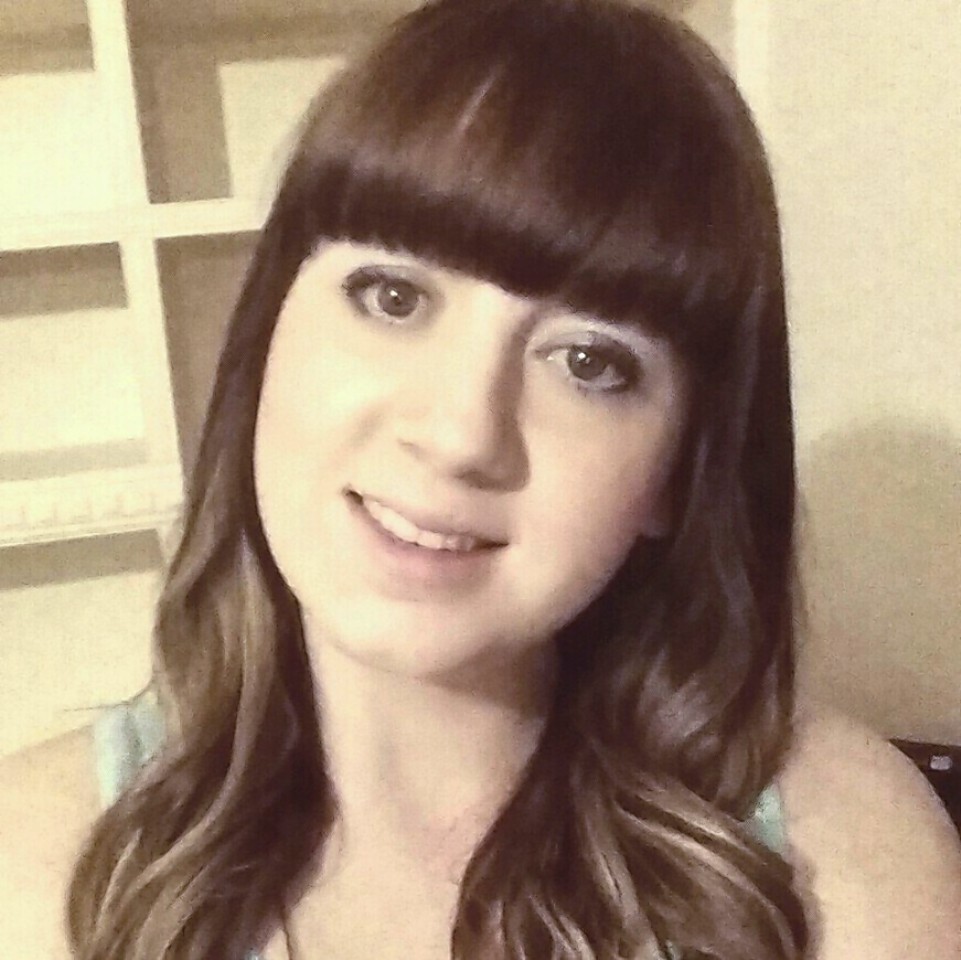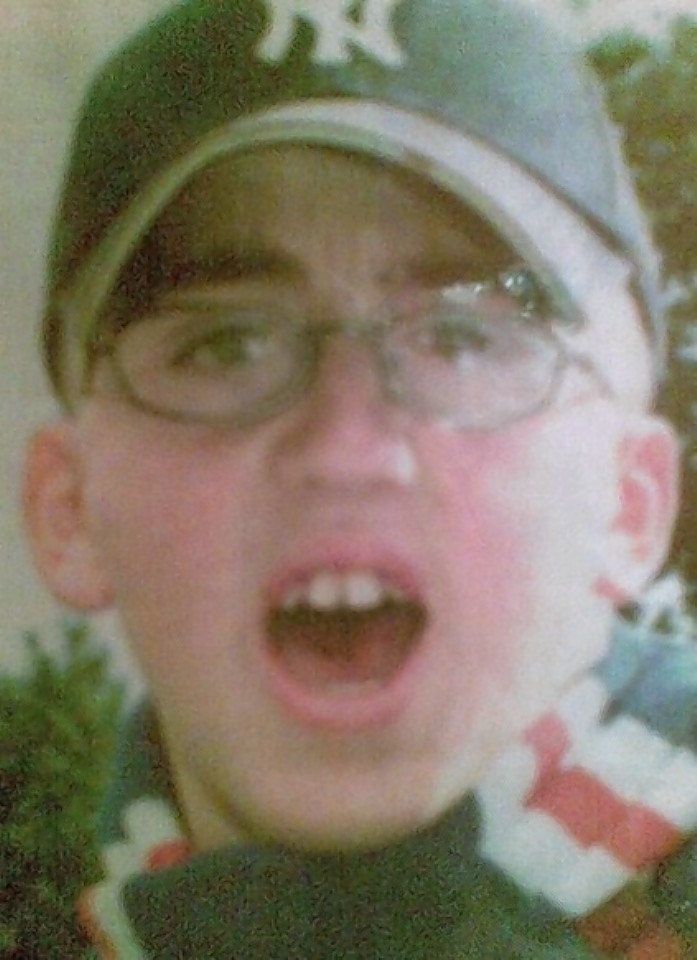A north mother has made a desperate appeal for a bone marrow donor after her daughter was diagnosed with the same rare cancer that led to the death of her 18-year-old son.
Michaela Ballantyne, 25, of Brora, has just learned she is suffering from the blood disorder Myelodysplasia.
It is eight years since her brother Mark died from the condition – also known as myelodysplastic syndrome – and the family now face a frantic race against time to save her life.
Mum Karen Macleod said she and husband Stephen were determined to do everything in their power to help the young nurse beat the disease.
They have joined forces with the Anthony Nolan Trust, which keeps a register of potential bone marrow donors, and are organising clinics across the Highlands in order to recruit as many possible matches as possible.
Mrs Macleod, 49, of Lundie Drive in Golspie, said: “I am appealing as a mother – and for the second time.
“It is absolutely devastating because the doctors told me this could never happen.
Mark was so young and to find out my daughter has it too is just life-destroying.
Myelodysplasia is usually found in men aged 65 and over – and is not genetic.
It affects the bone marrow’s ability to produce vital red and white blood cells and platelets which fight infection, carry oxygen around the body and help blood to clot.
Miss Ballantyne, who has a degree in nursing from Robert Gordon University in Aberdeen, fell ill in April this year.
She was told she had a fungal infection, microbacterial avium, which settled in her lungs and proved impossible to overcome.
She had to give up her work at Seaforth House Resource Centre in Golspie when she grew too sick.
Eventually, she spent six weeks in isolation at Raigmore Hospital in Inverness and after carrying out tests doctors told her she had Myelodysplasia two weeks ago.
Miss Ballantyne receives weekly blood transfusions at Raigmore Hospital and has been told she will need a course of chemotherapy leading up to a bone-marrow transplant.
She is also given a weekly dose of combative drug treatment, which produces side effects including sickness and weight loss.
Specialists are now searching for a bone marrow donor to give her the best chance of survival.
Mrs Macleod urged volunteers to come forward to save not just her daughter, but the lives of countless others across the UK.
“They have started looking on the register now and that is the priority at this moment in time,” she said.
“We are running the clinics not specifically for Michaela but because we think everybody should be on the register. It is a simple procedure to go through to save someone’s life.
“Men between the ages of 16 and 30 have a strong likelihood of a match, so we are targeting schools and football clubs.”
Mark was given chemotherapy and two bone-marrow transplants over three-and-a-half years, but succumbed to the illness in 2007.
His mum said she hoped advances in medicine would boost her daughter’s chances of beating the disorder.
“Donating bone marrow is much less painful than it was when we were searching for donors for Mark,” she said.
“You had to go and give a blood sample and even taking the marrow was so much worse because they used a needle to take it from the hip bone.
“Now, it’s a case of spitting into a tube and using a normal needle which goes into the arm, takes the blood out, and a machine then extracts the marrow from that.”



